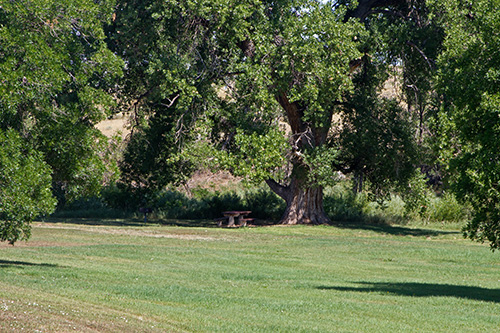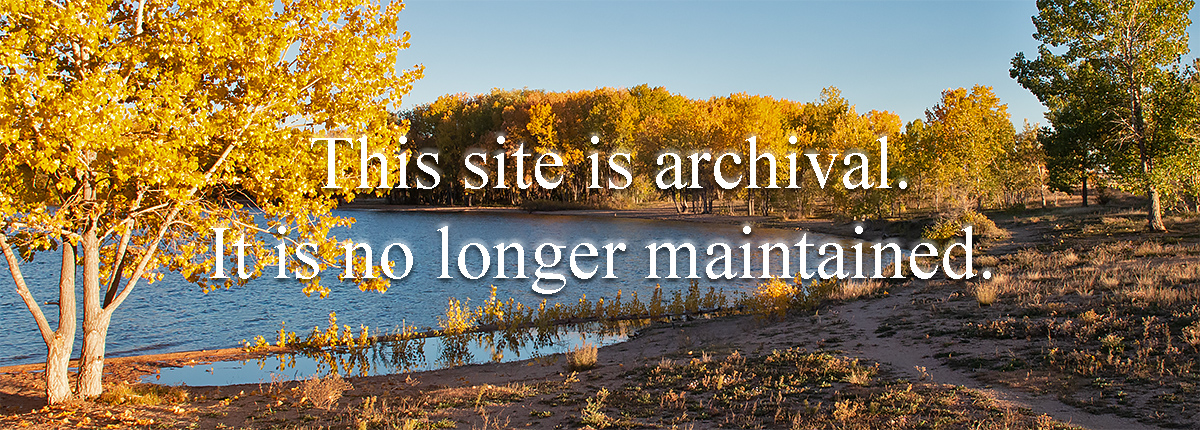Land-based Activities
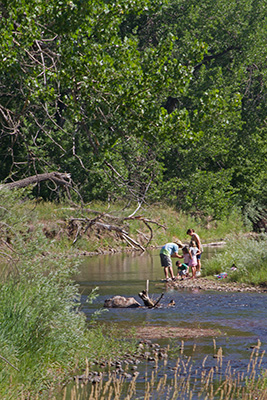
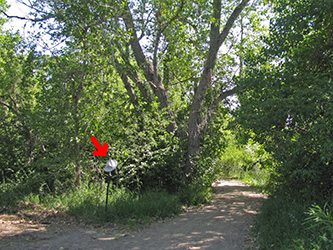
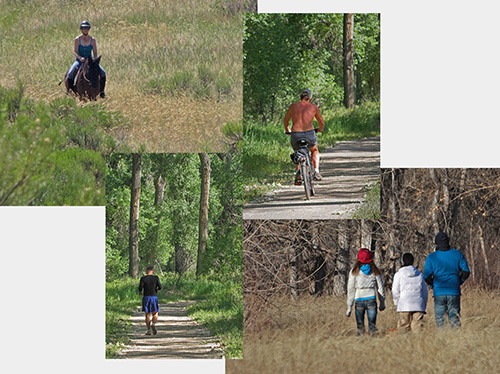
Fishing
According to the Colorado Parks and Wildlife, “Chatfield Reservoir’s walleye spawning program produces 30-40 million eggs annually, and will be negatively impacted if storage of water within the reallocated storage space results in larger or more frequent water level fluctuations during the spawning season. Additionally the smallmouth bass fishery is supported by natural reproduction which will be negatively impacted by larger water level fluctuations during the spawning season.”
The DEIS mentions in several places the increase in fish habitat and benefits for anglers who use boats, ice and the shore of the reservoir. There is little emphasis on the losses to fishermen who prefer to fish along rivers.
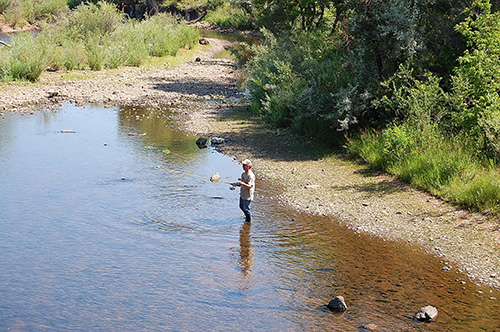
Wildlife Watching
According to the U.S. Fish and Wildlife Service’s 2006 Survey of Colorado Wildlife-associated Recreation (the most recent available data), 1,800,000 people participated in wildlife watching in Colorado that year, spending a total of $1,388 million. Yet, the DEIS gives little attention to mitigating the lost opportunities for wildlife watchers, and to both the probable loss of non-Theatened wildlife species and the absolute number of watchable wild animals within the Park. Preservation of wildlife inside the Park is especially important because ongoing residential development outside the Park will reduce other opportunities to watch wildlife along the Front Range.
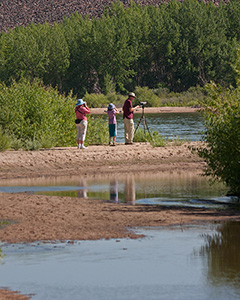
Swim Beach

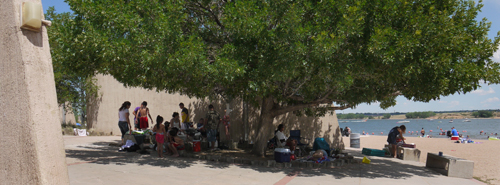
The Chatfield Reallocation would inundate the concession stand, restrooms, and parking area at the current Swim Beach. Facilities relocated to higher ground would be considerably farther from the shore at low water levels, and trees in this area would die or be removed and replaced with younger ones.
Water levels in Chatfield Reservoir, which currently fluctuate by 9 feet, would be expected to fluctuate by 21 feet. The target water level of 5444 feet above mean sea level would be attained in only 18% of years (DEIS, Table 2-9). Typical water levels in the reservoir would be considerably lower than the target level. The mature trees near the beach would no longer offer their generous shade to hot beach goers. Some new trees will be planted, but it will take years for them to reach the size of currently available trees. And they will be 600 feet or more from the shore.
The map below shows the Swim Beach at the relatively low water level of 5426 feet above mean sea level. At this level the shortest distance between the shore line and the restrooms would be approximately 600 feet with an elevation gain of 21 feet — a long way to walk for someone with an urgent need!
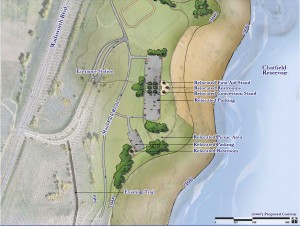
Boating
According to Colorado Parks and Wildlife, “The reallocated storage space is located at an elevation within Chatfield Reservoir with more gentle topography, creating shallow water levels with increased boating hazards. Consequently, no additional boatable acreage for motorized vessels is expected to be created within Chatfield Reservoir.”
Higher target water levels would necessitate moving parking lots to higher ground. When water levels are low (at times as much as 21 vertical feet below target levels), people using hand-launched boats like canoes and kayaks would have to carry their crafts much further before they could launch them.
Today much of Chatfield Reservoir is surrounded by riparian forests. During periods of low water levels, boaters would view mudflats where these forests now stand — hardly something which would enhance their outdoor experiences.
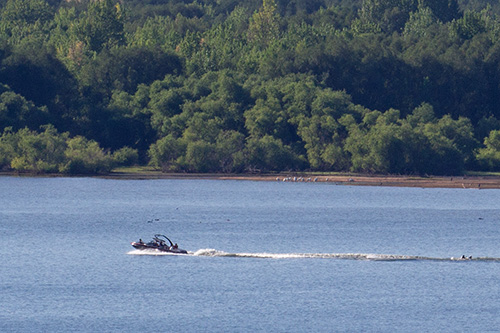
Picnicking
Existing picnicking facilities at Massey Draw, Deer Creek, the Swim Beach, Jamison Day Use Area, Catfish Flats Day Use Area, Fox Run Day Use Area, Kingfisher Day Use Area, the Marina Area, and Plum Creek would all be inundated by the Reallocation Project. In most cases, mitigation plans call for developing alternative picnic areas on higher ground. Mature trees in existing picnic areas would be lost. Picnic tables would bake in the sun until shade trees can be established in the alternative areas.
